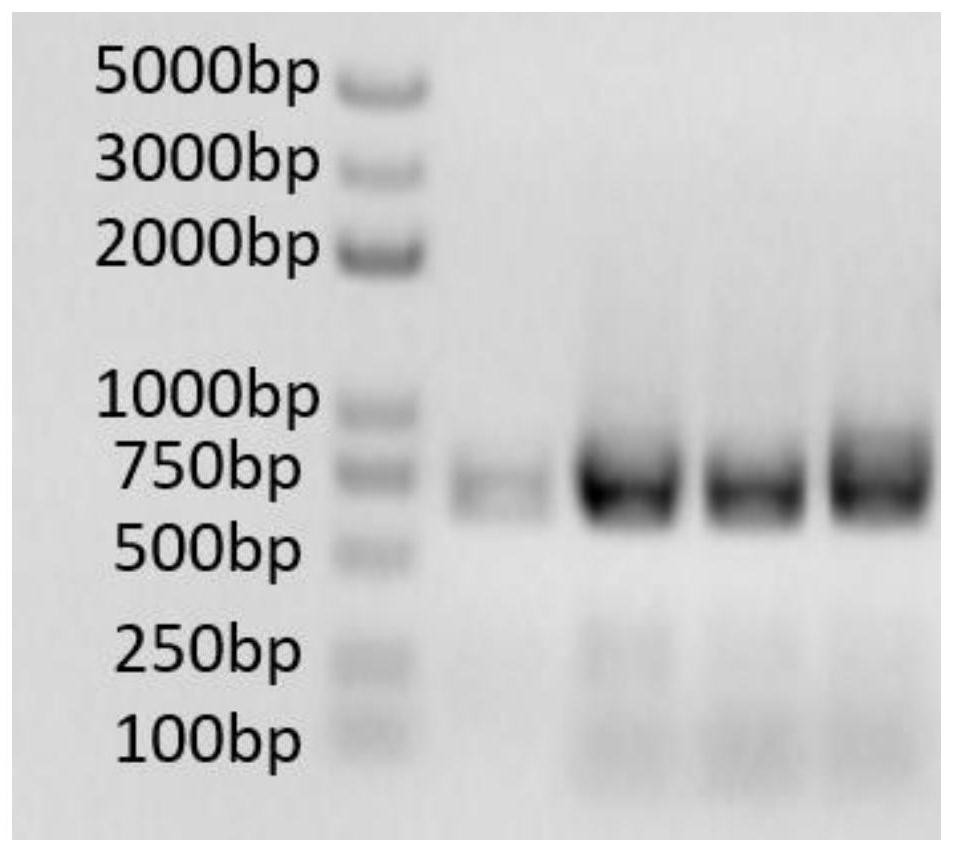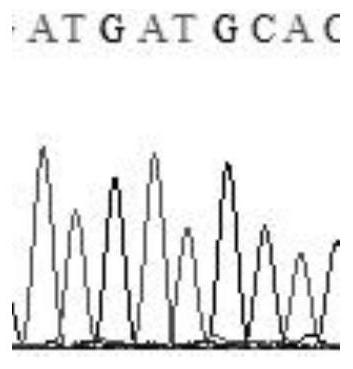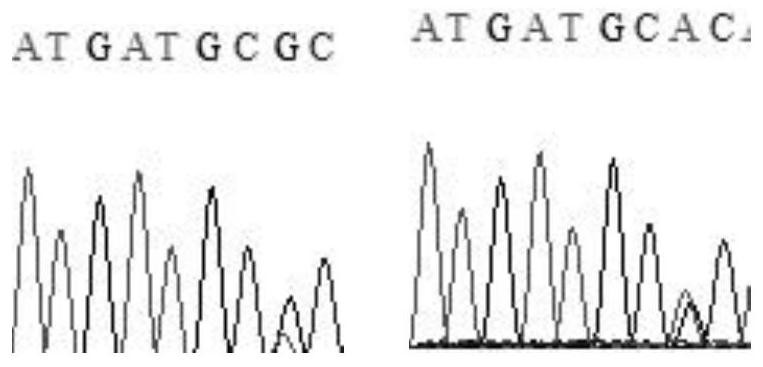Molecular marker for resistance of Panonychus citri (McGregor) to pyridaben as well as application and detection method of molecular marker
A citrus panonychia, molecular marker technology, applied in the field of molecular biology, to avoid harm, eliminate time-consuming and labor-intensive, and avoid complex and dangerous effects
- Summary
- Abstract
- Description
- Claims
- Application Information
AI Technical Summary
Problems solved by technology
Method used
Image
Examples
Embodiment 1
[0032] Sensitive strains: Indoor sensitive strains were collected from the nursery of the Citrus Research Institute of Southwest University in 2016, and were raised in the laboratory for multiple generations without contact with any chemicals during the period. The LC of pyridaben 50 The value remained low at 0.131mg / L.
[0033] Field populations: The field populations of Panonychus citrus were selected from 7 main citrus producing areas in southern my country: Sichuan (Daying, Anyue), Chongqing Wanzhou, Hubei Zigui, Guangxi (Nanning, Guilin) and Yunnan Yuxi. At least 10 trees were randomly selected in each park, and more than 5,000 were collected for biological determination, and female adult mites were collected at the same time and stored in absolute ethanol for subsequent DNA extraction. Bioassays were carried out on the sensitive strains and the aforementioned 7 field populations. The results are shown in Table 1. Compared with the indoor sensitive strains, the Panonychu...
Embodiment 2
[0036] Example 2 Field rapid detection of the resistance of Panonychus citrus to pyridaben
[0037] Using Example 1 to obtain Panonychus citrus in different areas collected from the field, according to the position of the similar species resistance mutation site, the resistance marker detection of Panonychus citrus is carried out:
[0038] 1) Preparation of PCR amplification template: put the collected adult females of Panonychus citrus into a 1.5ml nuclease-free centrifuge tube as a sample, centrifuge at 12000rpm for 1min to the bottom of the tube, add 20μL of STE Buffer (DNA extraction Solution: 100mM NaCl, 10mM Tris-HCl, 1mM EDTA) and 0.5μL Proteinase K (50mg / ml), fully grind the mite body with a grinding rod, incubate in a water bath at 37°C for 30min, shake for 10s, then in a water bath at 95°C for 5min, centrifuge at 12000rpm for 3min, The obtained supernatant was used as a template for PCR amplification.
[0039] 2) PCR amplification: PCR reaction system: 12.5 μL 2×Pri...
PUM
 Login to View More
Login to View More Abstract
Description
Claims
Application Information
 Login to View More
Login to View More - R&D
- Intellectual Property
- Life Sciences
- Materials
- Tech Scout
- Unparalleled Data Quality
- Higher Quality Content
- 60% Fewer Hallucinations
Browse by: Latest US Patents, China's latest patents, Technical Efficacy Thesaurus, Application Domain, Technology Topic, Popular Technical Reports.
© 2025 PatSnap. All rights reserved.Legal|Privacy policy|Modern Slavery Act Transparency Statement|Sitemap|About US| Contact US: help@patsnap.com



